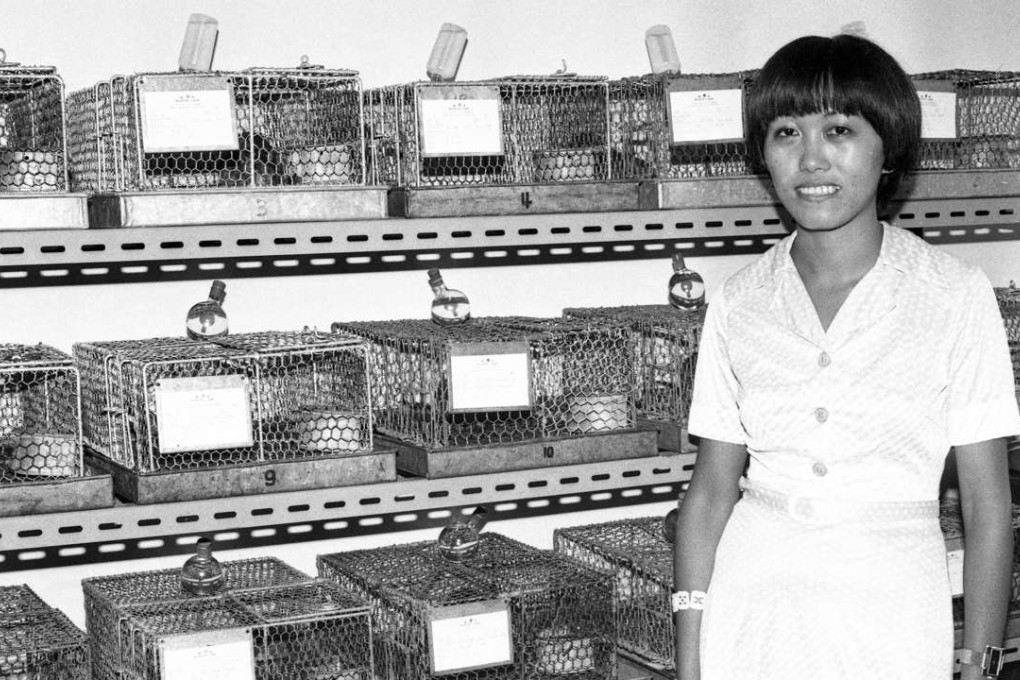Then & Now | How Hong Kong deals with gutter rats, but not the utter rats running the city
The rodents flourished in pre-scientific times, when people didn’t know they spread disease, but for decades have been dealt with efficiently; what a paradox, then, that rats are left to run riot in the corridors of power

Wherever large numbers of people have congregated, rats have also made their homes. In London and New York it has frequently been remarked that no one is ever more than a few metres away from a silently lurking rodent. And in warm, densely built-up places such as Hong Kong, it is easy for vermin to survive and proliferate: food left in open places, uncovered rubbish bins and gutters and drains all encourage the grey, long-tailed urban rat.
Scientific advances throughout the 19th century, particularly discoveries and developments in microbiology, made the links between public filth, vermin such as rats and outbreaks of epidemic disease abundantly clear.
From the time the Chadwick Report into public sanitation was published, in 1882, exposing the dire state of public cleanliness in Hong Kong and consequent risk to civic health and well being, the importance of adequately dealing with the city’s rodent nuisance has been apparent. The bubonic plague, which first appeared in Hong Kong in the spring of 1894 and continued to return, due to inadequate sanitation, until the late 1920s, was spread by rat-borne fleas.

Cleansing measures were heavily subsidised by the government – because they had to be. In pre-scientific times, most ordinary Chinese people made little or no connection between the conditions they and their ancestors lived in and the diseases that were visited upon them.
